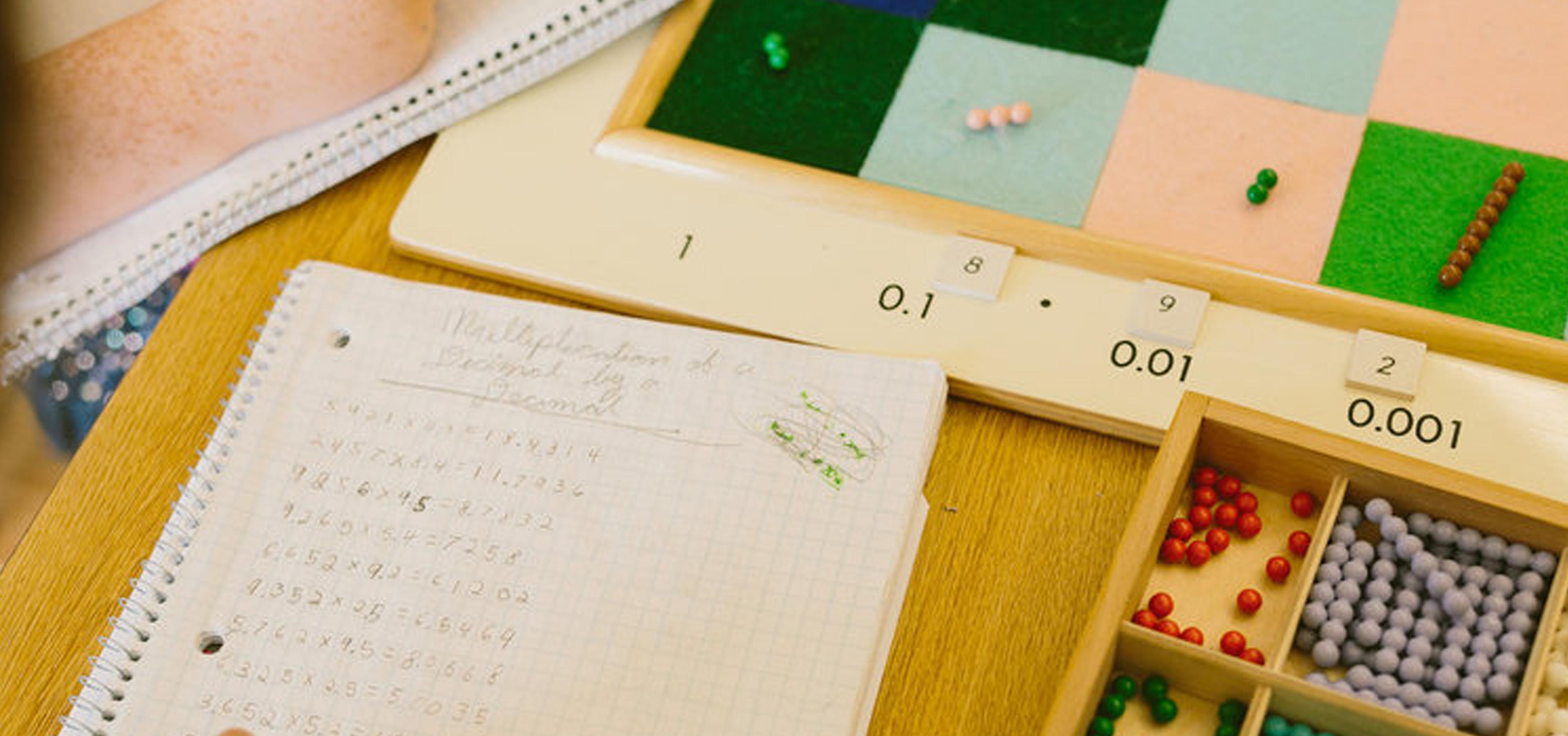The Montessori Checkerboard is a popular material used in Montessori classrooms to teach children about multiplication. It consists of a large board with 100 squares, each containing a small wooden bead. The beads are arranged in a specific pattern, which helps children visualise and understand the concept of multiplication.
A brief overview on checkerboard:
The Montessori Checkerboard is usually introduced to children once they have a good grasp of addition and subtraction. The material helps to build on their existing knowledge and extend their understanding of mathematical operations.
To use the Checkerboard, children first learn to count the number of beads in each row and column. They then begin to recognise patterns and relationships between the numbers. For example, they may notice that every second row contains double the number of beads as the row above it.
As children become more familiar with the Checkerboard, they can start to use it to perform multiplication calculations. They may use the beads to count out the answer, or they may use the patterns on the board to work out the answer mentally.

Benefits of checkerboard:
The Montessori Checkerboard is a great tool for teaching children about multiplication because it allows them to explore the concept in a visual and tactile way. By manipulating the beads and exploring the patterns on the board, children can develop a deep understanding of multiplication that will serve them well in their future mathematical studies.
In addition to its educational benefits, the Montessori Checkerboard is also a fun and engaging material for children to use. The bright colours and tactile nature of the beads make it an enjoyable and hands-on learning experience.
Overall, the Montessori Checkerboard is a valuable tool for any Montessori classroom that is focused on helping children develop a strong foundation in mathematics. Its visual and tactile nature makes it a great way for children to explore and understand the concept of multiplication in a fun and engaging way.

